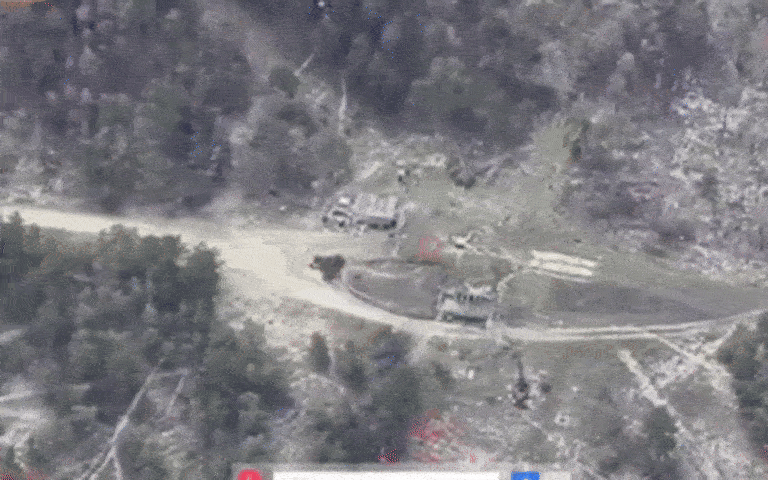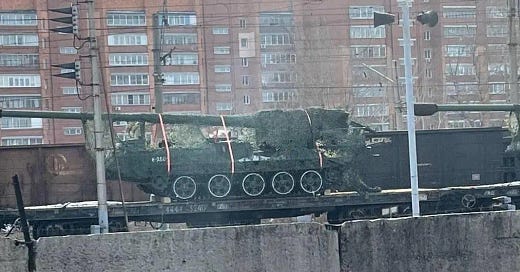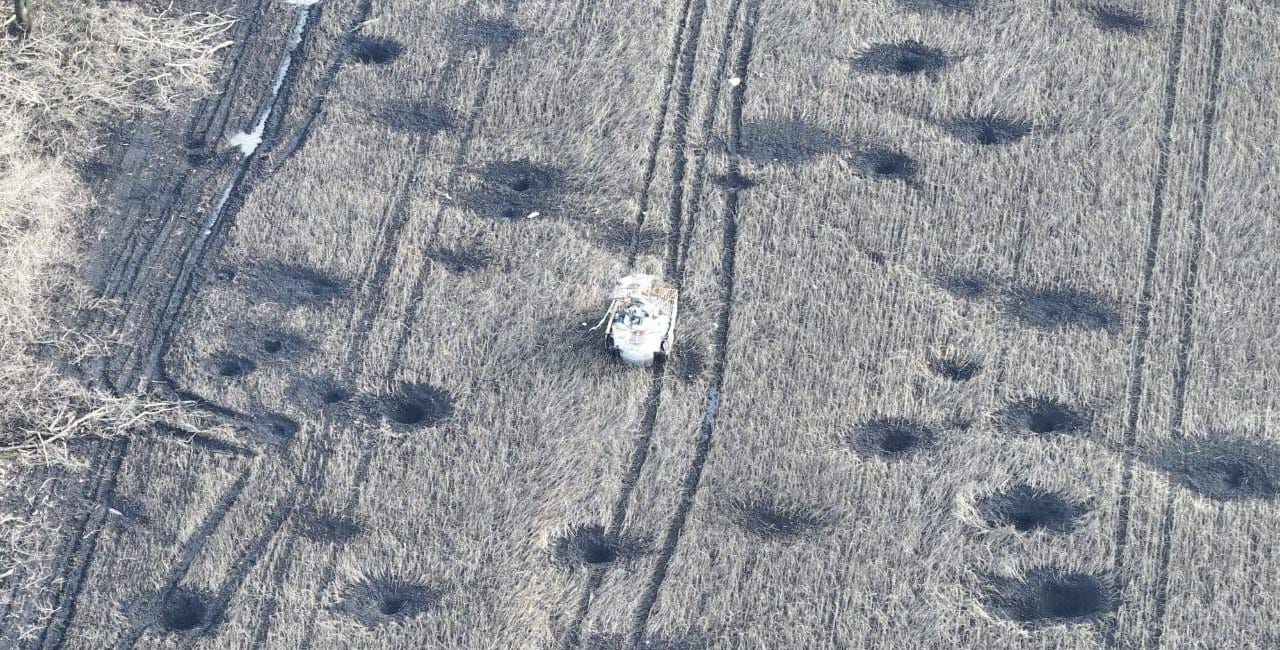Thirsty for Revenge, Ukrainian Territorials Hunted Down One of Russia's North Korean Howitzers
The Russians have lost at least five M1989s
A Ukrainian drone hunted down and struck a North Korean-made M1989 howitzer in western Russia’s Kursk Oblast on or just before Sunday. “Revenge for Sumy,” the Ukrainian 103rd Territorial Defense Brigade seethed when it posted the video of the strike, referring to the Sunday massacre of dozens of Ukrainian civilians by Russian ballistic missiles.
It was at least the fifth of the tracked 170-millimeter guns—“wonder weapons,” according to one Ukrainian battalion—that the Ukrainians have struck since the M1989s first deployed by rail from North Korea through Russia to the front line in western Russia and Ukraine late last year.
Pyongyang has given Moscow hundreds of vehicles. Not just M1989s, which lob 100-pound shells a distance of 25 miles, but also anti-tank missile vehicles, rocket launchers and air-defense vehicles. Prior to Sunday Ukrainian drones and artillery had already knocked out at least four M1989s as well as some of the Bulsae-4 anti-tank launchers; a confused Russian drone operator accidentally blew up one of the North Korean air-defense systems.
The accumulating M1989 losses reflect an important and under-reported trend, if you believe official Ukrainian sources. The Ukrainian general staff in Kyiv recently claimed it has destroyed no fewer than 27,000 Russian artillery systems.
“In the past week alone, the enemy’s losses in artillery systems amounted to 408 units,” Gen. Oleksandr Syrskyi, the commander-in-chief of the Ukrainian armed forces, insisted in late March. “Since the beginning of 2025, the Russian occupiers have lost 4,005 of their artillery systems.”
But that’s an implausible claim, unless the Ukrainians are counting mortars among the losses. The Russian military went to war in Ukraine with around 4,900 active howitzers and rocket launchers. The most reliable independent tally of Russian losses, by the Oryx intelligence collective, includes just 1,700 howitzers and launchers that have left behind identifiable wreckage.

Deepening losses
Whatever the scale of Russian and North Korean artillery losses in Ukraine, it’s clear the Ukrainians are prioritizing the counterbattery fight—and not just by hunting down individual guns and launchers.
On April 7, a Ukrainian air force warplane—possibly a Mikoyan MiG-29—lobbed a precision-guided bomb from potentially tens of miles away and flattened a Russian bunker in southern Ukraine’s Kherson Oblast on Monday. The bunker reportedly housed the command staff of the 81st Self-Propelled Artillery Regiment. As many as 30 Russians died.
The Ukrainian drone operators and pilots may have their work cut out for them. A recent close survey of the main Russian storage sites indicated the Kremlin still had deep reserves of artillery. Last fall, analysts concluded Russia had around 8,800 old howitzers and launchers in storage—down from 19,700 just prior to Russia’s wider invasion of Ukraine in February 2022.
“Sadly, the most important discovery is that the last two and a half years of attrition have so far not caused a general shortage in artillery systems for the Russian army,” Highmarsed reported. “In my opinion, the limiting factor is likely still ammunition, but at some point likely also barrels.”
Still, all those M1989s North Korea has donated to the Russian war effort does forestall the eventual depletion of the Russian artillery corps. And that explains why, for Ukraine, each destroyed M1989 is a cause for celebration.
Read more:
Russian Troops Riding in Vans And Getting Massacred by Drones—It's All Part of the Plan
It might be shocking to watch Russian troops assault across the no-man’s-land in Ukraine—only to (usually) get maimed or killed by mines, artillery and drones.






